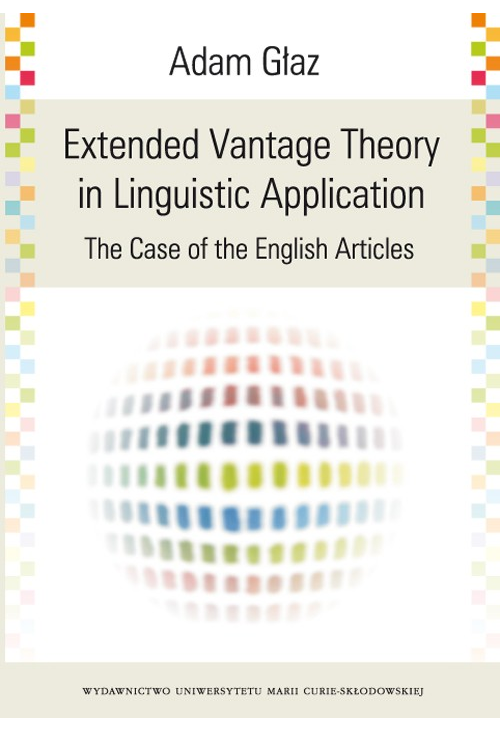
- -11%
ebook Extended Vantage Theory In Linguistic Application. The Case of the English Articles
Odkryj fascynujący świat językoznawstwa i poznaj Extended Vantage Theory – przełomową teorię w lingwistyce. Autor, Adam Głaz, zaprasza Cię do zgłębienia tego kognitywnego modelu kategoryzacji, który został przedstawiony i dostosowany w jego najnowszej publikacji wydanej przez UMCS w 2012 roku. Ta unikalna teoria jest nie tylko teoretyczną ciekawostką, ale również praktycznym narzędziem do analizy konkretnych danych językowych, takich jak użycie angielskich artykułów.
Chcesz poszerzyć swoją wiedzę i jednocześnie sprawdzić teorię w działaniu? Extended Vantage Theory In Linguistic Application. The Case of the English Articles to idealna publikacja dla Ciebie! Ta książka elektroniczna dostępna jest w formatach PDF i EPUB, co pozwoli Ci czytać ją na dowolnym urządzeniu – tablecie, e-czytniku czy smartfonie.
Dlaczego warto wybrać wersję elektroniczną? Oto kilka powodów:
- Wygoda: Możesz czytać w dowolnym miejscu i czasie – na plaży, w parku czy w drodze do pracy.
- Dostępność: Kup e-booka online w sklepie z ebookami i pobierz go w ciągu kilku minut bez konieczności czekania na kuriera.
- Wszechstronność: E-booki możesz czytać na różnych urządzeniach, co daje Ci elastyczność wyboru.
Zanurz się w świecie ebooków i odkryj najlepsze tytuły dostępne w formacie elektronicznym. Extended Vantage Theory In Linguistic Application. The Case of the English Articles to jedna z czołowych pozycji, która z pewnością znajdzie się na liście bestsellerów ebooki i stanie się Twoim ulubionym źródłem wiedzy językoznawczej. Pobierz ją już dziś i zacznij czytać!
Spis treści ebooka Extended Vantage Theory In Linguistic Application. The Case of the English Articles
Acknowledgements 13Introduction 15
Chapter 1. Vantage Theory: origin and basic tenets 19
1. Introductory comments 19
1.1 The Munsell set 20
1.2 Interviews 21
2. The theory 22
2.1 The space-time : categorization analogy 22
2.2 Vantages 24
2.3 An excursus: attention 28
2.4 Contraction and protraction of cognitive distance 30
2.5 Universal width of purview and the spotlight effect 33
2.6 Variants of the dominant-recessive pattern 36
2.7 Coextension 38
2.8 Individual cognition 41
2.9 Frames 42
2.10 Stress 43
2.11 Viewpoints 46
3. Vantage Theory in a broader context 48
4. Synopsis 54
Chapter 2. Vantage Theory: linguistic applications 57
1. Introductory comments 57
2. Category and concept. Colour and beyond 58
3. The applications 64
3.1 MacLaury (1995) on aspects of conceptualization 64
3.1.1 Quintessential vs. representative prototypes 64
3.1.2 Asymmetries in conceptualizing 65
3.1.3 Metaphorization: time 65
3.1.4 Metaphorization: birds and people in Kaluli 67
3.1.5 Double constructions 68
3.1.6 Viewpoints as coordinates: spatial orientation 69
3.1.7 Viewpoints as coordinates: contextualized and decontextualized thinking 71
3.2 Semantics of colour terms 72
3.2.1 The French marron and brun 72
3.2.2 The Hungarian piros and vörös 72
3.2.3 The Polish BLUE category 74
3.2.4 Colour terms in grammatical constructions 75
3.2.5 Japanese native and borrowed terms 75
3.2.6 Change in colour categorization 76
3.3 Lexical semantics 77
3.3.1 Bird naming 77
3.3.2 The Iberian Spanish “macho” 78
3.3.3 Autohyponymy 78
3.3.4 Dutch historical semantics 79
3.3.5 Vertical extent/position 80
3.3.6 Demonstratives 83
3.3.7 Lexis in written discourse 84
3.4 The social dimension 86
3.4.1 Styles in Japanese speech 86
3.4.2 Japanese masu forms 88
3.4.3 Ethnic identity 89
3.4.4 “Folk linguistics” and an individual’s national identity 90
3.5 Song lyrics 93
3.5.1 VT and a love song 93
3.5.2 The father-son relationship 94
3.5.3 Statistics in punk and hip-hop 94
3.6 Miscellanea 95
3.6.1 Japanese orthographic conventions 95
3.6.2 Language learning 95
3.6.3 From Old English to Middle English constructions 96
3.6.4 Number in English 97
4. Conclusion 99
Chapter 3. The English articles: a background survey 101
1. The definite article 101
1.1 Two classifications of the 102
1.1.1 Classification 1: Christopher Lyons 102
1.1.2 Classification 2: Low 104
1.2 Individual accounts of the 107
1.2.1 Russell 107
1.2.2 Christophersen 108
1.2.3 Searle 108
1.2.4 Allan 109
1.2.5 Heim 110
1.2.6 Löbner 110
1.2.7 Chafe 110
1.2.8 Givón 111
1.2.9 Fraurud 112
1.2.10 Hawkins and Christopher Lyons 112
1.2.11 Katz 116
1.2.12 Low 117
1.3 The in cognitive linguistics 118
1.3.1 Cognitive Grammar 119
1.3.2 Construction Grammar 121
1.3.3 Mental Spaces 122
1.3.4 Viewpoint (Epstein) 123
2. The indefinite article 134
2.1 Individual accounts of a/an 135
2.1.1 Russell and Ludlow & Neale 135
2.1.2 Hawkins 136
2.1.3 Leech 137
2.2 A/an in cognitive linguistics 138
2.2.1 Cognitive Grammar 139
2.2.2 Mental Spaces 141
3. The nil article 143
3.1 Individual accounts of the nil article
3.1.1 Jespersen 144
3.1.2 Hewson 144
3.1.3 Chesterman 145
3.1.4 Berezowski 145
3.2 The nil article in cognitive linguistics 146
4. Final comments 148
Chapter 4. (E)VT and the English articles 149
1. (E)VT and articles: framework development 149
1.1 Case 1: the/a house in Doris Lessing 149
1.2 Case 2: the in Ernest Hemingway 152
1.3 Case 3: articles and capitalization 154
1.4 Case 4: articles and translation 159
2. EVT: the current framework 161
3. EVT and articles: a first classification 168
3.1. Similarity predominating 168
3.1.1 Non-discrimination: SS, SS+, SS- 168
3.1.2 The dominant vantage with variations 170
3.1.2a The default dominant vantage: SS D 170
3.1.2b The other balanced variants: SS+ D-, SS- D+ 172
3.1.2c The non-balanced variant: SS- D 173
3.1.2d SS- D vs. SS- D+ 174
3.1.2e SS vs. SS D 177
3.1.3 Synopsis of similarity predominating 178
3.2 Difference predominating 179
3.2.1 The default recessive vantage: DD S 179
3.2.2 The balanced DD+ S- variant 180
3.2.3 The balanced DD- S+ variant 181
3.2.4 Logical definites 183
3.2.5 Synopsis of difference predominating 184
3.3 Definite plurals: [SS-] D and [SS] D 186
3.4 Pluralized mass nouns 189
3.5 A few comparisons 189
3.5.1 Predominating similarity vs. predominating difference 189
3.5.2 Nil vs. definite articles 192
3.5.3 Non-default balanced recessive vantages: DD+ S- vs. DD- S+ 193
4. Synopsis 197
Chapter 5. EVT and articles in discourse 201
1. Introductory comments 201
2. Coreferentiality 202
3. Reference-point phenomenon 206
3.1 Sentence/phrase level 206
3.2 Discourse level 208
3.3 Created associative links 211
3.4 Scripts 213
4. The role of encyclopedic knowledge 216
5. Discourse-initial the 218
6. Hearer’s unfulfilled expectations 221
6.1 Definite vs. indefinite article 221
6.2 Nil vs. indefinite article 224
7. Lexical vs. discourse level 225
8. Conclusions 226
Chapter 6. EVT and articles: a further extension 227
1. Introductory comments 227
2. Conceptual units larger than words 227
3. Conceptual replication 232
3.1 Replication through the indefinite article 233
3.2 Replication through the definite article 236
4. Special cases: novel conceptualizations and formulae 238
4.1 Unique but not the only one 238
4.2 Nationality nouns 239
4.3 Collective nouns 241
4.4 (The) sandflats 245
4.5 Oak 247
4.6 Only one Himalaya(s) 247
4.7 A British Isles, a United Nations 248
4.8 Viewing modes in analogies and blends 250
4.9 A temporal-plus-cognitive viewpoint 253
4.10 The–nil contrast neutralized 254
5. Final word 254
Conclusion 257
References 261
Index of names 281
Thematic index 287
Szczegóły ebooka Extended Vantage Theory In Linguistic Application. The Case of the English Articles
- Wydawca:
- UMCS
- Rok wydania:
- 2012
- Typ publikacji:
- Ebook
- Język:
- angielski
- Format:
- Liczba stron:
- 295
- Miejsce wydania:
- Lublin
Recenzje ebooka Extended Vantage Theory In Linguistic Application. The Case of the English Articles
-
Reviews (0)

Na jakich urządzeniach mogę czytać ebooki?
- -11%




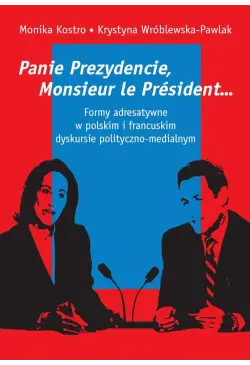
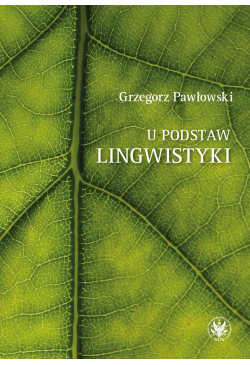


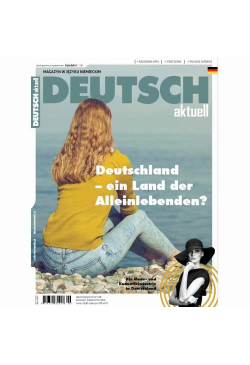
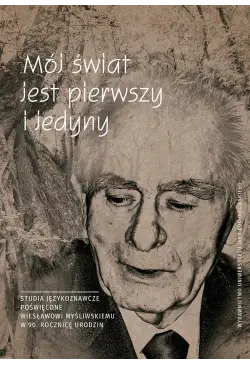
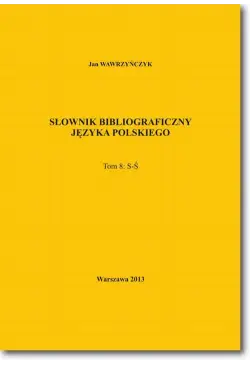
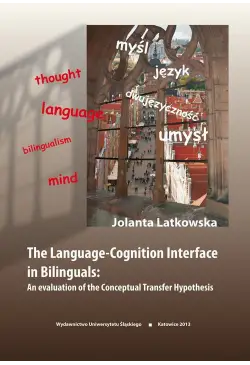



@CUSTOMER_NAME@
@COMMENT_TITLE@
@COMMENT_COMMENT@